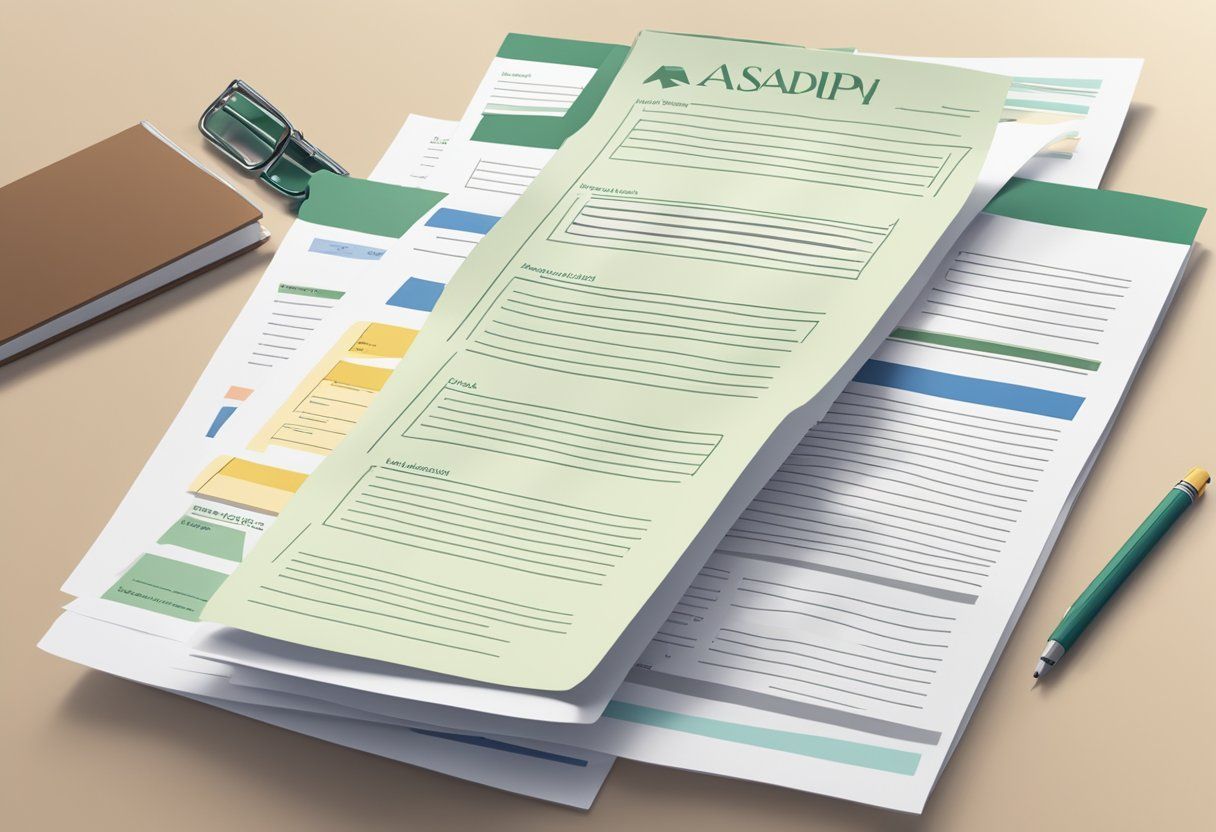BLOG
Categories
Frequently Asked Questions About Adoption Assistance Program (AAP): Expert Insights
Eligibility Criteria for AAP
To qualify for the Adoption Assistance Program (AAP), several factors are considered.
Most importantly, the child must be under 18 years of age when the application is made.
Foster Care Background
Children often qualify if they have spent time in foster care. This includes those who cannot return to their birth families and need stable, permanent homes. If your child has been in the child welfare system, they might be eligible.
Special Needs Considerations
Children with special needs might also qualify. This can include having siblings, a specific racial or ethnic background, or language barriers that make adoption more challenging. If your child falls into these categories, you could be eligible for assistance.
Long-term Foster Care
Children who were not adopted during their time in foster care and are placed in long-term foster care are often considered for AAP benefits.
Adoptive Family Factors
The circumstances of the adoptive family, such as finances and ability to meet the child's needs, are reviewed in combination with the child's needs.
AAP aims to support families that might otherwise struggle to provide for the child's requirements.
For an application, you'll need to submit the necessary forms, like the Request for Adoption Assistance (AAP 1). Working with your licensed adoption agency can help guide you through the process.
Benefits and Assistance Offered
Adoption Assistance Program (AAP) provides help to families who adopt children with special needs. The program offers financial support and health care services to ensure the child's well-being and stability in their new home.
Financial Support through Payments
AAP benefits include monthly payments to assist with the costs of raising an adopted child.
These payments aim to ease the financial burden on families and ensure that children receive proper care and support.
Payments vary depending on the child's needs and the adopting family's financial situation. They are typically negotiated between the family and the state agency.
Some states may also offer additional financial incentives, such as funds for adoption-related expenses, giving families more resources to provide for the child.
Health Care Services
Health care is a central part of AAP benefits, ensuring that adopted children have access to necessary medical services.
Through programs like Medicaid or state equivalents, children receive coverage for doctor visits, hospital stays, and other health services.
The health care assistance is crucial for children with special needs, as they often require extra medical attention.
By providing access to health services, AAP aims to promote the physical and mental well-being of the child, supporting their overall development in a family setting.
Application Process
When applying for the Adoption Assistance Program (AAP), you need to follow specific steps to ensure eligibility and successful processing.
Key aspects include preparing necessary documentation and correctly submitting your application to the appropriate authorities.
Preparing Documentation
Gathering the right documents is crucial for a successful AAP application.
Start by collecting personal identification documents, such as birth certificates and identification cards for both you and your adopted child.
You'll also need the Adoption Order and, if applicable, the Adoption Assistance Program agreement or state determination of special needs.
These documents are essential for verifying your eligibility and establishing any special conditions.
If you're eligible for benefits like Medi-Cal, have the necessary forms and documents ready to confirm your child's eligibility.
Be thorough and make copies of all documents for your personal records, just in case.
Submitting Your Application
Once all your documents are ready, submit your application to the appropriate state or county agency.
Pay attention to specific submission guidelines provided by your local agency.
Some agencies might require you to submit applications online, while others might need you to visit an office.
Make sure to apply before the adoption is finalized, as some benefits require pre-finalization applications.
Consider meeting with a representative or using resources provided by the agency to ensure everything is in order.
Keep in mind any court requirements or deadlines that might affect your application’s timeline. If you have any questions, contact your local agency for assistance to avoid delays.
Legal Considerations

When dealing with the Adoption Assistance Program (AAP), there are several legal aspects to consider. You should understand the terms of the agreement, recognize the role played by an administrative law judge, and know what to expect during court proceedings and hearings.
Understanding the Agreement
The adoption assistance agreement is a legal document that outlines the benefits you will receive. This agreement includes financial aid and medical coverage for the child.
You need to review it carefully to understand your rights and obligations.
The agreement may cover transportation, medical expenses, and other costs.
It's essential to ensure all terms are clear before signing. If anything is unclear, discussing it with a legal advisor can help clarify your responsibilities.
Role of the Administrative Law Judge
An administrative law judge (ALJ) often plays a crucial role in resolving disputes related to the AAP.
If you disagree with decisions about benefits or eligibility, the ALJ can review the case.
They provide a fair judgment based on the evidence and testimony related to your situation.
The ALJ's decision is significant for appealing changes to your benefits. Understanding the ALJ's role can help you prepare adequately for any hearings or appeals related to your adoption assistance agreement.
Court Proceedings and Hearings
Court proceedings are sometimes necessary to finalize adoption assistance agreements or resolve outstanding issues.
These hearings can involve reviewing the eligibility of the child for special needs status, as well as financial benefits.
During court hearings, it's crucial to present documentation supporting your case, such as the adoption order and any relevant agreements.
Being well-prepared can increase the chance of favorable outcomes. Legal representation can ensure that your rights are protected, and your arguments are clearly presented during these proceedings.
Handling Concerns and Disputes

In dealing with the Adoption Assistance Program (AAP), concerns and disputes may arise. Understanding how to address disagreements with the agency and knowing when to seek legal advice can help you navigate these situations more effectively.
Resolving Disagreements with the Agency
If you have concerns about decisions made by the agency, such as the amount of financial assistance or coverage, it's important to address them promptly.
Start by contacting the agency directly to discuss your issues. Clear communication with your caseworker may resolve many disputes.
Document all interactions and keep records of correspondence and agreements.
You can also request to review decisions through an internal agency process.
If matters remain unresolved, you may have the option to appeal the decision. An administrative law judge might be involved in the appeal process to ensure a fair hearing.
When to Seek Legal Advice
Sometimes, disputes with the agency may require legal assistance.
If the agency's response does not satisfy your concerns or if the situation is complex, consider consulting with a lawyer experienced in adoption laws.
A lawyer can provide guidance and help protect your rights.
Legal advice is particularly crucial if you're considering a formal appeal.
Legal representation ensures that all procedural requirements are met and helps present your case effectively.
A knowledgeable lawyer can also inform you of any legal deadlines and necessary documentation to support your case.
Frequently Asked Questions

This section addresses common questions about the Adoption Assistance Program (AAP) in California, including eligibility, payments, and regulations.
How are adoption assistance payments determined in California?
Payments in the California Adoption Assistance Program (AAP) depend on the child's needs and the family’s situation. They consider the costs related to the child’s care and any special needs the child may have.
What are the age requirements for the California Adoption Assistance Program?
In California, adoption assistance can be provided for eligible children up to age 18. In certain situations, benefits may extend until age 21 based on special conditions or needs.
How might receiving adoption assistance impact eligibility for CalFresh benefits?
Adoption assistance payments do not count as income when determining eligibility for CalFresh benefits. They are excluded from income calculations, allowing families to potentially qualify for CalFresh support.
Could you provide information on the current rates for adoption assistance in California?
The rates for adoption assistance can vary widely and are based on several factors, including the individual needs of the child and the financial situation of the adoptive family.
It's best to consult the local agency for the most accurate and current rate information.
What regulations govern the Adoption Assistance Program in California?
The Adoption Assistance Program in California is governed by federal and state laws. These regulations ensure that eligible families receive financial support to help with the costs associated with adopting a child from foster care.
How does the adoption assistance program define and assess the 'core issues' in adoption?
The program identifies 'core issues' such as loss, identity, and attachment.
Assessment involves understanding these issues in the context of the child's history, current needs, and future development.
This ensures comprehensive support for both the child and family.
RECENT POSTS
Bringing and keeping families together!










